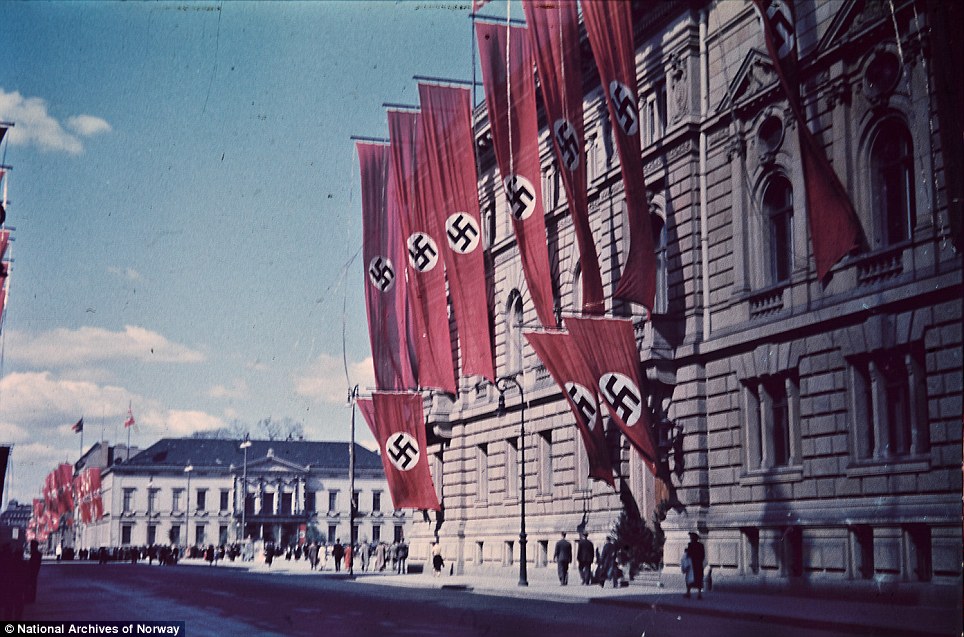
I have in my library dozens of books that were written about the history of fascism and its politics, economics, religious affiliations and psychology that makes it succeed so often.
That includes the varieties of fascism that were studied in Italy, Germany, Spain, Japan, Britain and America, among others. To my recollection, none of the lessons I learned from my books had been even mentioned during my high school education or even my college careers. I don't recall hearing any of my teachers talk about American-style fascism. And none of my teachers led me to doubt the validity of the anti-democratic, pro-fascist and very unethical Monroe Doctrine, Manifest Destiny, Laissez Faire capitalism, the Dred Scott decision or any of the wartime atrocities that were so commonly perpetrated by American troops in any of its wars (ex: inventing water-boarding on innocent Filipinos and then massacring them during the Spanish-American War).
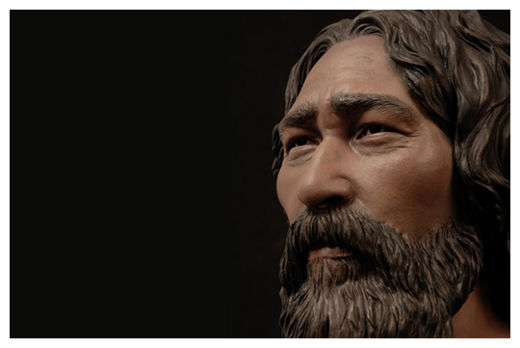



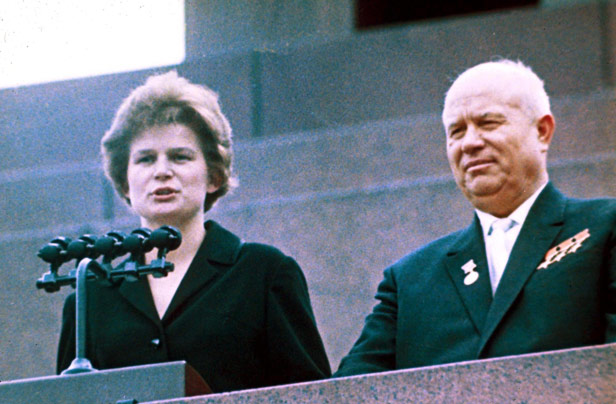
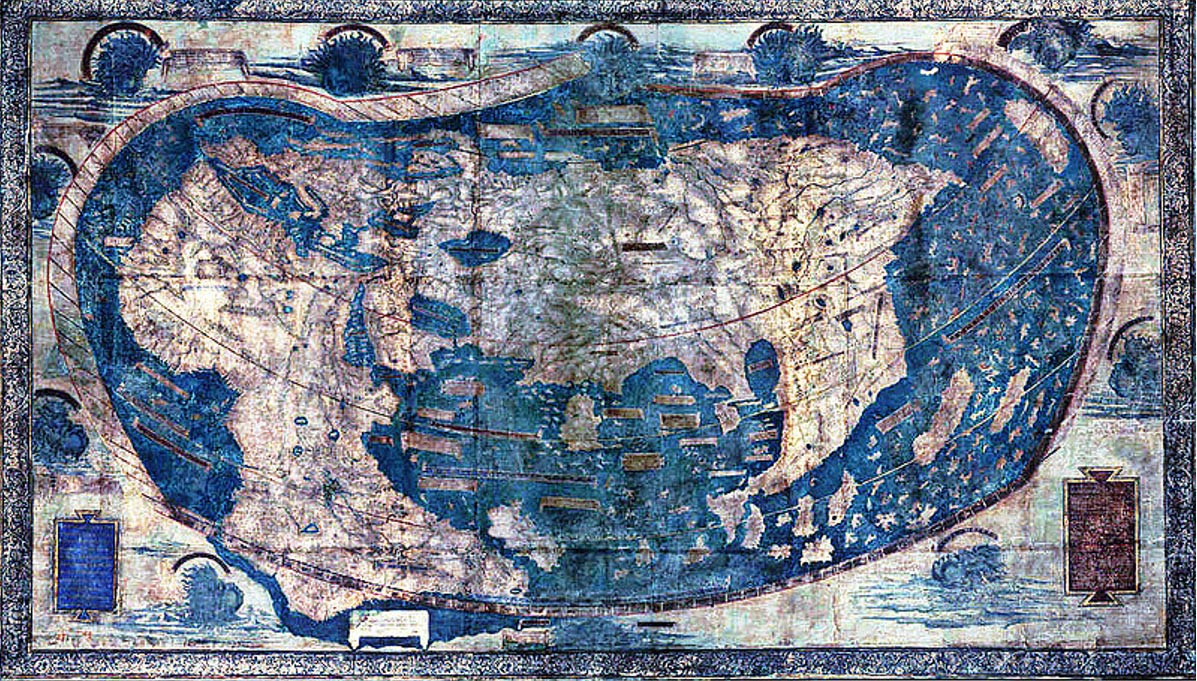
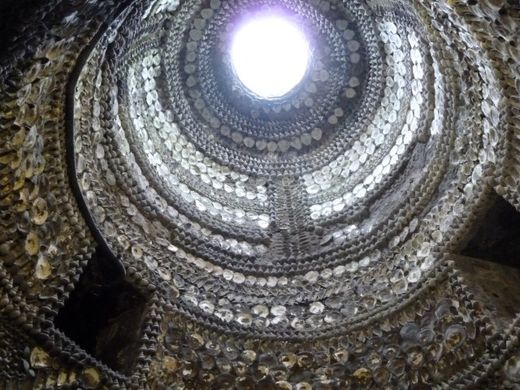
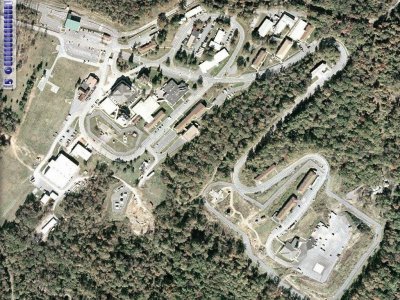

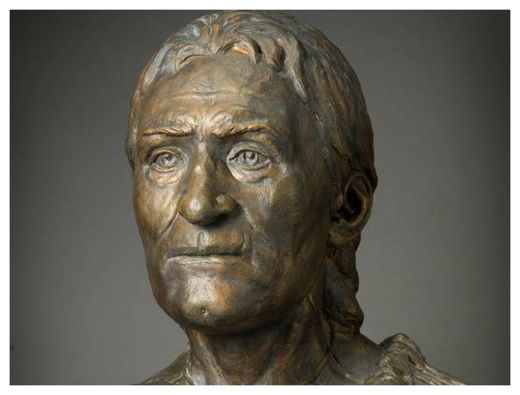



Comment: See also Joe Quinn's Sott Focus:
The British Empire - A Lesson In State Terrorism